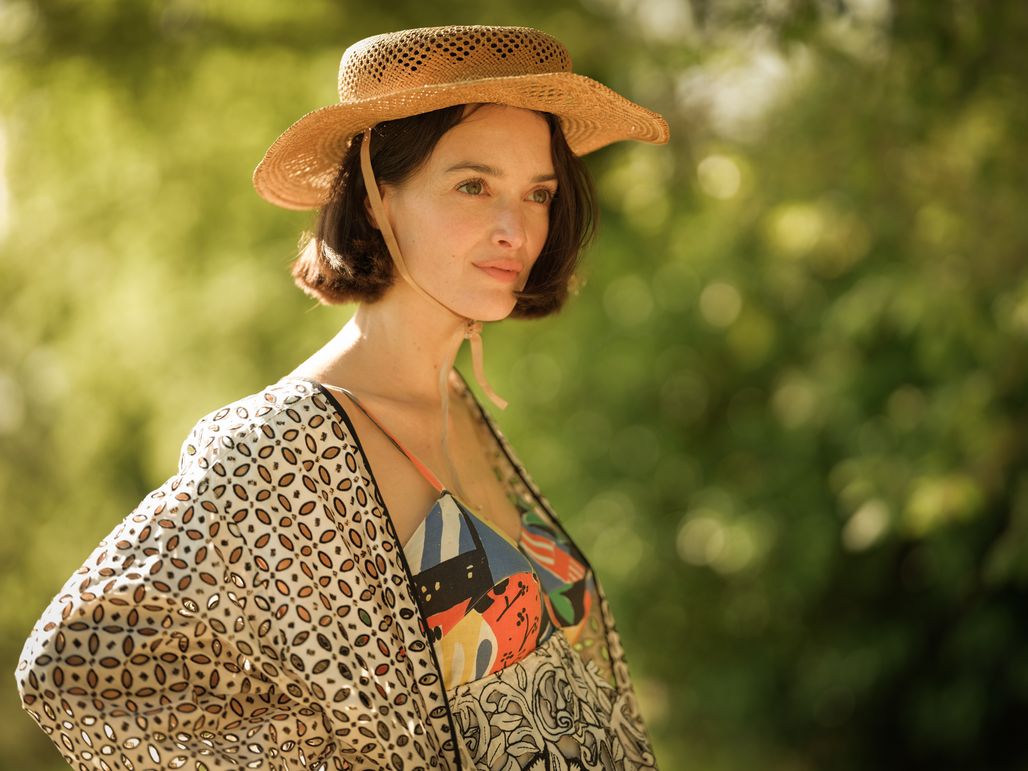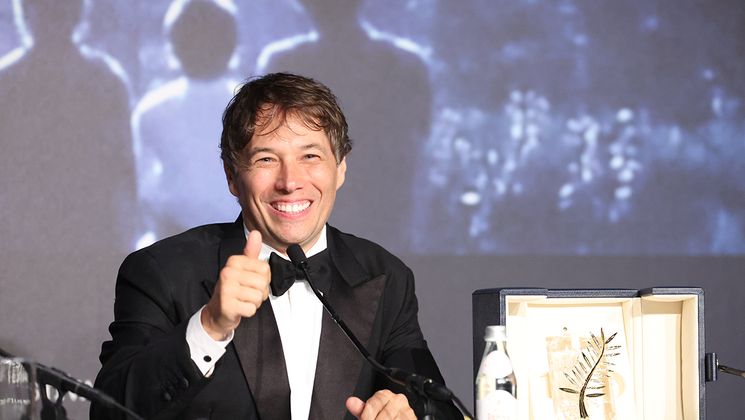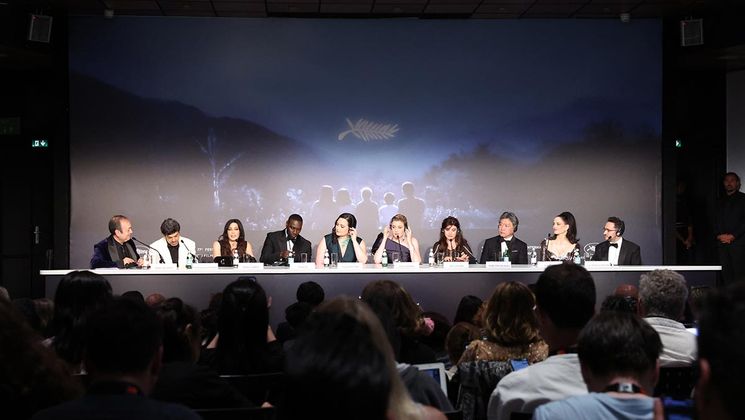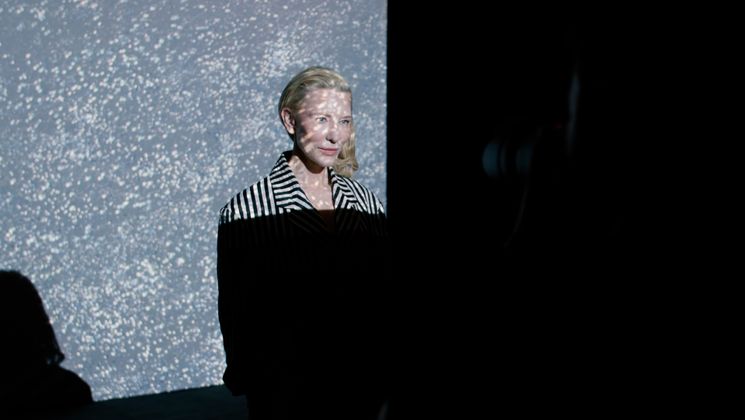
Niki, as seen by Céline Sallette

After making her début in Bertrand Bonello’s House of Tolerance (in Competition in 2011), Céline Sallette is now one of the past decade’s brightest French stars, and has lent her simultaneously nonchalant and assertive presence to films such as Pierre Jolivet’s recent Green Tide. Niki, her Niki de Saint Phalle biopic at Un Certain Regard, marks her directing début.
What sparked the idea for this biopic?
I saw a Niki de Saint Phalle interview from 1965 and noticed two things: firstly, she was a brilliant artist and very ahead of her times, and secondly, Charlotte Le Bon looks strikingly similar. That’s how the film came to me: the metamorphosis of a young model, a pure product of her times, into an artist with knife-cropped hair shooting at her canvases with a rifle to create art. How did Niki Mathews become Niki de Saint Phalle? Just as I was talking my agent through it and we began making appointments with a producer, Jalil Lespert called up: he wanted to make a film about Niki de Saint Phalle with Charlotte Le Bon! When he heard that I’d had the same idea, he suggested we meet and the rest is history.
How did you approach the filming process?
I wanted the set to be as light as possible despite the fact that we needed to recreate the 1950s/1960s. Victor Seguin, my cinematographer, agreed to work on the project without any machinery or projectors. We had a camera and a tripod and we worked swiftly. We had no script and no make-up artist, Charlotte would put make-up on whenever she felt like it. We all loved the energy and speed we were able to achieve by working this way.
“Niki survives before being reborn.”
– Céline Sallette
How did you choose your actors?
Obviously there was Charlotte and the fearlessness with which she made Niki her own. I loved everything about her throughout the experience, I was dazzled. Each in their own way, John Robinson and Damien Bonnard are very progressive male role models. Judith Chemla and the New Realists were responsible for creating a formidable sense of freedom and momentum that showed Niki the way: I wanted to have a mix of real artists such as John Fou and Pablo Tomek, plus versatile actors like Quentin Dolmaire and Virgile Bramly. The darker characters Niki meets along the way were vital, too.
What’s your strongest memory of making this film?
I learnt something every day. What moved me most was seeing the extent to which a film is the product of collective intelligence. Everyone involved in making the film was passionate and creative. Personally, I was buoyed by the huge amount of faith my producers and on-set colleagues had in me. A film always exists in the liminal space between fantasy and hard matter, and it was wonderful watching this one take shape.
What impact do you hope the film will have on audiences?
I hope the film shows that going from silence to the rallying call of revolt is a journey. I hope this transformative sense of poetry shines through in the film. I spent months reading, listening and poring over accounts of incest, and it rattled me: Camille Kouchner, Charlotte Pudlowski, Christine Angot, Neige Sinno and countless others. After the living nightmare, Niki survives before being reborn. She’s an example to follow.


